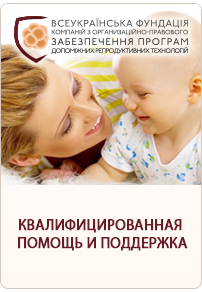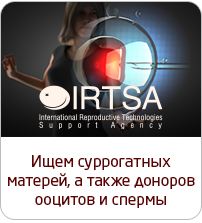Scientists discovered a new, safer way for egg freezing
 Hormone injections, rigorously scheduled blood tests and ultrasounds—these are some of the simpler ways to freeze donor eggs for fertility treatment. And even these don’t guarantee successful pregnancy.
Hormone injections, rigorously scheduled blood tests and ultrasounds—these are some of the simpler ways to freeze donor eggs for fertility treatment. And even these don’t guarantee successful pregnancy.
In August of this year a study released by the Journal of the American Medical Association (Jama), Outcomes of Fresh and Cryopreserved Oocyte Donation, showed that fresh donor eggs resulted in more live births per cycle than frozen donor eggs. The study used data from the 2013 annual report of the IVF centers in the US to compare live birth and cycle cancellation rates using either fresh or cryopreserved donor eggs, known as oocytes. The study looked at data on women who received donor eggs. There was a 56% success rate for those who received fresh eggs versus 47% for frozen eggs.
Reasons why egg-freezing may not work
In October 2014 cryopreservation has been around for decades but gained prominence, when two large US corporations, Facebook Inc. and Apple Inc., announced they would pay up to $20,000 to their female employees for freezing their eggs and pursuing their careers.
For the first time sperms were frozen back in the 1950s; embryos followed suit in the 1980s.
However, freezing oocytes was more challenging. The oocyte is a large cell and contains water. In the process of freezing the egg, water also freezes, forming sharp crystals that can puncture the cell’s nucleus. The chromosomal matter inside an egg is tightly wound but this becomes stretched in a spindle formation on freezing, thus causing more harm to the egg.
 With the advent of improved technology, medical scientists are now better able to protect the cell through cryopreservation. One such technology is a flash-freezing process called vitrification, which has largely replaced slow-freezing. In vitrification, an egg is placed in a bath with a cryoprotectant and sucrose, a sugar, which helps draw some of the water out of the egg. The egg is then placed in a high-concentration cryoprotectant (a substance used to protect biological tissues from damage due to freezing) for about a minute. This is then placed in liquid nitrogen at temperatures of -196°C, which instantly freezes the egg. In this process, the egg turns into a glasslike substance and avoids the formation of ice, which protects it from damage when it is thawed.
With the advent of improved technology, medical scientists are now better able to protect the cell through cryopreservation. One such technology is a flash-freezing process called vitrification, which has largely replaced slow-freezing. In vitrification, an egg is placed in a bath with a cryoprotectant and sucrose, a sugar, which helps draw some of the water out of the egg. The egg is then placed in a high-concentration cryoprotectant (a substance used to protect biological tissues from damage due to freezing) for about a minute. This is then placed in liquid nitrogen at temperatures of -196°C, which instantly freezes the egg. In this process, the egg turns into a glasslike substance and avoids the formation of ice, which protects it from damage when it is thawed.
Some women diagnosed with cancer opt for freezing their eggs as a safeguard in case their fertility is affected by the cancer or in the course of treatment.
Advances in technology
The American Society for Reproductive Medicine in January 2013 declared the technique of oocyte cryopreservation (egg freezing) no longer experimental, although it called for “more widespread clinic-specific data on the safety and efficacy of oocyte cryopreservation before universal donor oocyte banking can be recommended”.
“Vitrification is a far better technique. We started using it in India only after egg freezing was declared a standard procedure,” said Sindhu.
The question that still hovers over the procedure is whether it is successful for women who are older than 30 years and want to donate their eggs.
Donors are usually in their twenties, when they have healthy, high-quality eggs. The chances of success will likely lessen when the donor women are older.
In case of women who have partners, it is better to freeze the embryo rather than the eggs. “The embryo has a better chance of surviving the thawing process and the eventual implantation,” experts explain.
As for today the cost of freezing an embryo is slightly higher than freezing an egg.
Even though technology has improved the technique of freezing, there is another, very human problem: not many women come back for their frozen eggs.
Based on: livemint.com
- The central office of IRTSA Ukraine completely restores work
- How we work during the COVID-19 pandemic
- 1st International Congress on Reproductive Law
- Soon Americans may face a new ethical dilemma
- ‘Friends’ star Jennifer Aniston is pregnant with twins
- Image processing technology can impact the success rates of ivf
- Editing genes of human embryos can became the next big thing in genetics
- Supermodel Tyra Banks undergoes IVF
- French scientists have managed to grow human sperm cells in vitro
- Cameron Diaz is reportedly pregnant with twins









